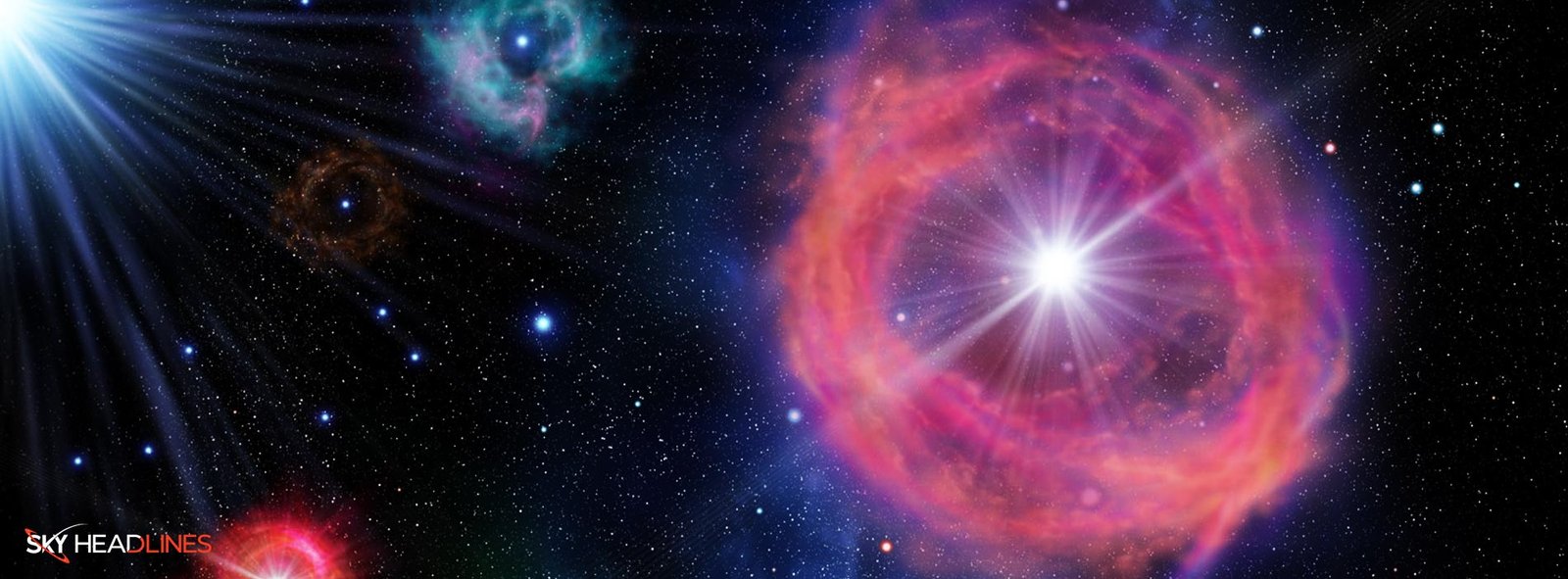During the Cosmic Dawn, the first stars emerged, ending the cosmic “dark ages” following the Big Bang. However, understanding the mass distribution of these stars remains a significant enigma in the field of cosmology. we explore the recent study conducted by Prof. Zhao Gang from the National Astronomical Observatories of the Chinese Academy of Sciences (NAOC), which sheds light on the existence of pair-instability supernovae (PISNe) resulting from extremely massive first stars in the early universe.
The Study:
Prof. Zhao Gang and his team utilized data from the Large Sky Area Multi-Object Fiber Spectroscopic Telescope (LAMOST) survey and high-resolution spectra obtained from the Subaru Telescope. Their study focused on a chemically unique star named LAMOST J1010+2358, located in the Galactic halo. The findings provide compelling evidence for the occurrence of pair-instability supernovae during the early universe.
Key Findings:
To gather more information, the research team conducted follow-up high-resolution spectroscopic observations and derived abundances for over ten elements in the star J1010+2358. The star’s most significant characteristic is its remarkably low sodium and cobalt abundance. The sodium-to-iron ratio is less than 1/100th of the solar value. Additionally, the star exhibits a substantial variance in abundance between odd and even charge number elements, such as sodium/magnesium and cobalt/nickel.
Dr. Xing Qianfan, the study’s first author, states, “The peculiar odd-even variance, along with deficiencies of sodium and α-elements in this star, are consistent with the prediction of primordial PISN from first-generation stars with 260 solar masses.”
Implications:
The discovery of J1010+2358 provides direct evidence of hydrodynamical instability caused by electron-positron pair production during the evolution of very massive stars. This pair production leads to a reduction in thermal pressure within the star’s core, resulting in partial collapse.
Prof. Zhao Gang, the corresponding author of the study, remarks, “It provides an essential clue to constraining the initial mass function in the early universe. Before this study, no evidence of supernovae from such massive stars has been found in the metal-poor stars.”
Furthermore, the iron abundance of LAMOST J1010+2358 ([Fe/H] = -2.42) surpasses that of most metal-poor stars in the Galactic halo. This suggests that second-generation stars formed in PISN-dominated gas may be more metal-rich than previously anticipated.
Experts’ Opinions:
Prof. Avi Loeb, former chair of the Astronomy Department at Harvard University, calls One of the holy grails of searching for metal-poor stars is to find evidence for these early pair-instability supernovae.
Prof. Timothy Beers, the provost’s chair of astrophysics at Notre Dame University, comments on the significance of the findings, stating, “This paper presents what is, to my knowledge, the first definitive association of a Galactic halo star with an abundance pattern originating from a PISN.”
Conclusion:
The discovery of the chemically peculiar star LAMOST J1010+2358 provides valuable insights into the nature of first-generation supernovae. By identifying the signature elements associated with pair-instability supernovae, this research offers a better understanding of the early universe and contributes to ongoing efforts to uncover the mysteries of cosmic evolution.





